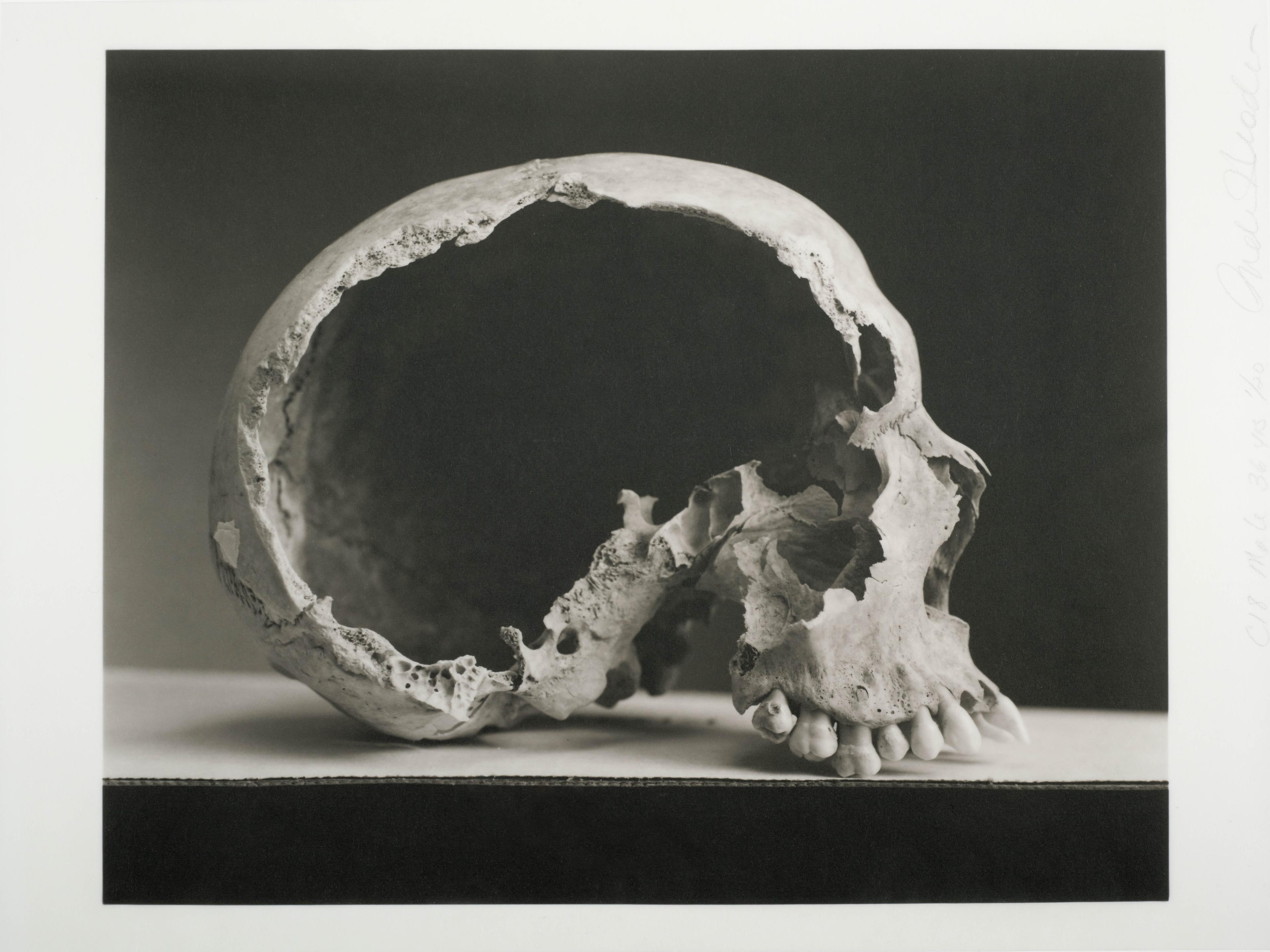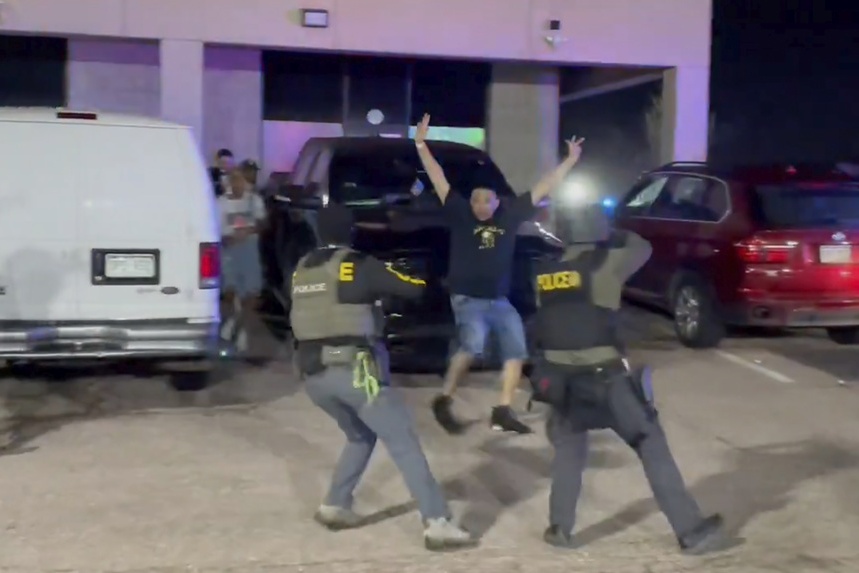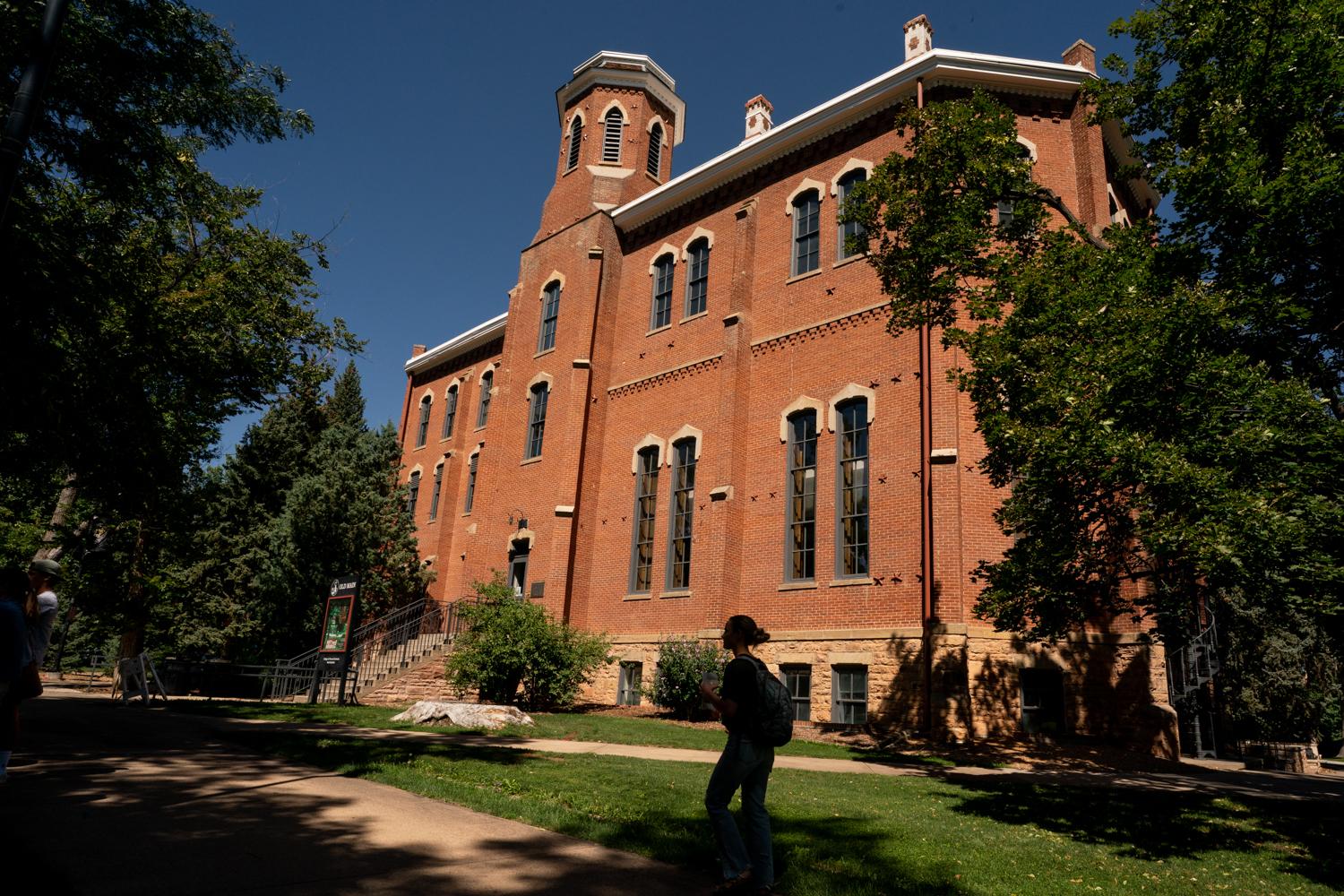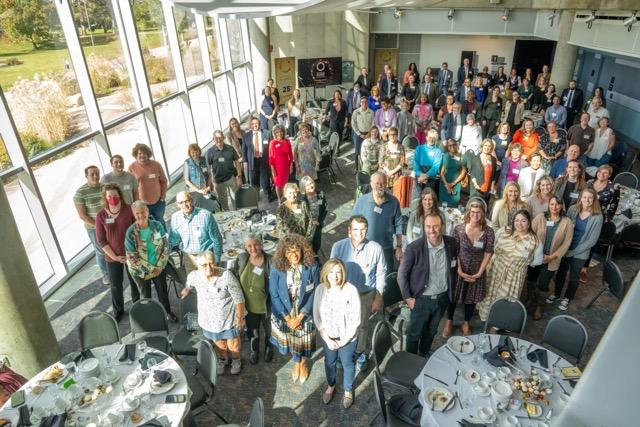
Photographer Andrea Modica will never forget a headline she read in the newspaper in the 1990s.
"The exact headline was 'Hundreds of Skeletons Found at State Hospital,'" she says. "Well, who wouldn't be interested in that?"
Human skeletons buried more than a century prior had been unearthed on the grounds of the Colorado Mental Health Institute in Pueblo.
She started photographing the bones, working with the late Colorado College professor and anthropologist Michael Hoffman, to get historical context. The result is "Human Being," and the collection is now at the Fulginiti Pavilion Art Gallery at the University of Colorado Anschutz Medical Campus in Aurora. The exhibition, which is a rare in-state loan from the Denver Art Museum's A. E. Manley Photography Collection, is on display through May 23.
Therese Jones, director of the Arts and Humanities in Healthcare Program at CU Anschutz, hopes the artwork will spark larger conversations.
"When people really reflect on what is in the gallery -- these forgotten patients -- they may make the next step, which is to begin to think about how we are still challenged with caring for persons with mental illness," Jones says.
Modica spoke with CPR about what compelled her to photograph these "forgotten patients."
Modica's reaction when she first saw the bones
"They were lined up in cardboard boxes, meticulously cleaned and cataloged. I was surprised -- naively because I thought they would be [full] skeletons. They were not. Each box had a bag of... ribs and another bag of bones pertaining to, let's say, the legs. But in a box within the box there was the skull. That's what really kept me interested."
On when the project began to take form for her
"I didn't know what I would photograph. I didn't know if I would photograph. I just knew I wanted to see them. [At first], I was having a hard time getting beyond making just formal images. Once I had the skull in my hands, I understood that what was inside these boxes actually were the remains of a person."
On what she learned about the people
"In the [newspaper] article, they mention Dr. Michael Hoffman at the Colorado College. He was, at that time, doing research to give these individuals gender, age and also he was finding remains of metal [in the bones], implying that they may have been minors -- or some of them. And he was finding evidence that some of the individuals had syphilis. Which, in its later stages, creates dementia and other mental illnesses. So a story was really unfolding."








